If you’re feeling like your hair isn’t able to keep up with all the changes going on, don’t worry, you’re not alone. Here are 100 great tips from some expert stylists to get your hair through the rest of 2020
Irene Zhoosh, Mizani ambassador and hairdresser, Terrence Terenzo, recent winner of the National Hairdressing Icon Award and owner of salon suite concept Terenzo Suites; and Tatenda Sibanda, Candi & Co Head trainer, share their ultimate hair tips for 2020.
Keep your colour looking sharp
1. Sometimes super-healthy locks are more difficult to manage than those that have been chemically treated. A balance between the two is the answer.
2. Just as you use makeup to accentuate your cheekbones, you can use hair colour techniques to create a perception of added volume. We often do blonde throughout the crown to the fringe, and leave it dark throughout the perimeter and occipital bone area. This is done to create volume through the top of the head, and reduce it through the nape of the neck.
3. Many clients enjoy feeling the blonde power in summer. There are a few colouring kits that are ammonia-free. The advantage of this is that you can achieve your desired level of blonde while still maintaining the condition and health of your hair.
4. Bleached-blonde, damaged hair is unattractive and it’s hard to correct, so it’s important to condition your tresses.
5. Colouring reds can be tricky, as red fades easily. However, healthy, intact cuticles can help to maintain the richness of reds for longer.
6. Olive skin tones should opt for cooler colors.
7. Ensure that your stylist doesn’t overlap highlights, as this can cause breakage.
8. Colouring your locks at home can be damaging to your cuticles and hair health. However, if you do decide to use home dye, try to avoid overlapping colours as colour over colour goes darker, which can cause colour bands.
9. Analysis of your skin tone, hair texture and length before deciding on a color will produce a more successful outcome. And you don’t have to use a lot of colour; partial colouring can still provide a beautiful look.
10. For blondes that go a little green after swimming, wash your tresses with a small amount of shampoo and tomato sauce. This will help to remove the green.
11. If you’re looking to colour your locks, ensure that your last chemical hair treatment was at least two weeks before.
12. Always do a protein and moisture treatment if the hair has been decolorised.
Cutting tips
13. Gone are the days when your haircut needs to blend. The disconnection technique allows you to have styles that are impossible if everything is blended.
14. With straight and silky locks, use a razor and a back-cutting technique to create different lengths, which generate volume through the style.
15. It’s advisable not to attempt to cut your own hair at home – trust your stylist to do a proper job.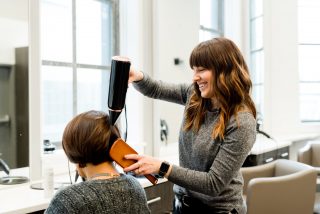
16. If you’re hoping for a brilliant cut on hair that is damaged, you may be disappointed; your tresses will still look damaged. However, if you have an average haircut with beautifully conditioned hair, it will still look amazing.
17. Face shape is crucial to the style. If you have a round face, ideally create volume on top and keep the sides flat. However, if you have a long, thin face, create volume on the sides and keep it flat on top. Generally, a fringe and a bob would work well on a long, thin face, but on a round face, a fringe would not be ideal. The aim is an oval shape.
18. Cut the ends of your hair every six to eight weeks to avoid split ends, which hinder growth.
19. It’s best to trim your hair when it’s wet.
20. Be sure to handle your locks with care, especially when it’s wet.
Product Choice 
21. Invest in the correct, professional products that will enrich your natural locks.
22. If you have ethnic hair, invest in a hydrating leave-in conditioner, daily moisturising lotion, detangling leave-in cream, heat protector, co-wash, dry shampoo, braid spray and leave-in scalp treatment.
23. The best ingredients for natural hair include Jamaican castor oil, shea butter, coconut oil and jojoba extract.
24. Read the ingredients when choosing hair products, and limit your exposure to certain chemicals. Stay away from products with formaldehyde (keratin Brazilian treatments), phthalates, fragrances, sulphates, parabens and silicone, as these can damage the health of your hair. You should also avoid thick oils, as they will not penetrate into the hair cortex.
25. Ensure that you choose products that contain humectants, as they will keep your hair hydrated.
26. Opt for a water-soluble edge-taming gel, as this will not block your follicles, which can lead to a receding hairline.
Styling tips
 27. The market has been flooded with Brazilian treatments, but a 2012 study of certain keratin brands found that six out of seven products contained 0,96% to 1,4% formaldehyde levels. This is five times higher than the recommended safe level of 0,2%. Formaldehyde gas is released into the air when these products are used. You may breathe in the fumes. Your body may absorb it through the skin. It may also be given off later as the product breaks down.
27. The market has been flooded with Brazilian treatments, but a 2012 study of certain keratin brands found that six out of seven products contained 0,96% to 1,4% formaldehyde levels. This is five times higher than the recommended safe level of 0,2%. Formaldehyde gas is released into the air when these products are used. You may breathe in the fumes. Your body may absorb it through the skin. It may also be given off later as the product breaks down.
28. If you’re looking to get silky-smooth locks, try a hot oil treatment, as this will help to eliminate frizz and increase shine.
29. Those with curly hair should stay clear of steam, as this will create frizz and shrinkage.
30. Curly hair should use at least two moisturising styling products, and finished off with nourishing oil.
Heat-styling hacks
31. Don’t use a brush on natural curls, as it will create frizz. Rather, put on your styling products and make ringlets with your fingers.
32. Those with curly hair should use a diffuser attached to the hairdryer, as this helps to eliminate fizz.
33. When using a curling iron, start at the root of your hair and hold the iron at a right angle if you’re looking for volume. Otherwise, hold the iron straight down.
34. You should always use the right brush for your hair type, as different brushes have different functions.
35. Take a break from always having your tresses up in a ponytail, as this can cause traction.
In terms of texture, natural movement and curls are encouraged and embraced.
37. Always use professional hair irons, as there is a science behind the plates they use.
38. For those with natural hair, avoid drying your hair with heat tools. If you have ethnic hair and want to stretch it out without using heat, opt for bantu knots, banding, African threading and curlers.
39. Replace your heating tools every two years.
40. When applying heat to your locks, always use a heat protector. You should also use one when heat-styling your wigs or weaves.
41. Avoid going over your hair more than twice with your heat tools. Rather, do two slow moves.
42. You should never use a heat-styling tool on wet hair, as this can burn it.
Tips For Ethnic Hair

Photo by Eloise Ambursley on Unsplash
43. Those with ethnic hair should maintain the correct balance of moisture and protein at all times, by using the correct after-care products.
44. Learn more about your hair texture (this can range from 3B to 4C). Doing so will help you to care for your natural hair properly.
45. If you’re looking to transition to natural hair, you can either go for the big chop or make a significant change to your haircare routine, swearing off relaxers.
46. Those with natural, kinky hair should wrap their hair at night to avoid shrinkage and frizz, and to maintain moisture.
47. Avoid wrapping your hair with stockings, as this can damage your hairline. Invest in a satin head scarf and a satin pillowcase. This will help to keep your hair moisturised.
48. If you have natural hair, stick to protective styling such as cornrows, flat twists, braids and twists, wigs and weaves.
49. If you’re aiming for a protective style, make sure that you do a protein treatment beforehand.
50. In braiding your natural hair at night, opt for the LCO method (liquid, conditioner, oil). The liquid can be water, the conditioner is a hydrating, leave-in conditioner, and the oil acts as a sealant to lock in all the products. The oil can also be replaced with hair butter.
51. Don’t use elastics with metal pieces, as this can cause breakage.
52. As much as possible, avoid chemical treatments on fine-textured hair.
53. For those with natural hair, always use a wide-toothed comb.
54. When combing your natural hair, always comb your hair from bottom upwards.
55. Avoid overcombing or overbrushing your tresses.
56. Shrinkage is a part of natural hair, so don’t go overboard in trying to maintain length.
Notes about relaxed hair 
57. If you do decide to relax your hair, be sure to relax only on the regrowth. Relaxing all the hair can lead to breakage.
58. Just because your hair is relaxed, it doesn’t mean you shouldn’t invest in other products that will help to nourish and manage.
59. If you’ve relaxed your locks, don’t bleach your hair immediately (or vice versa), as this will cause intense damage.
Protective styling advice for ethnic hair
60. Avoid tight braids, especially around the hairline.
61. Invest in a hairline and root stimulator that can help protect the health of your hairline.
62. If you have braids, keep the hair and scalp clean with a wash every two weeks.
63. When doing a braiding style, remember that the style should not cause tension on the scalp.
64. Keep your braids and weave in for a maximum of six weeks.
65. Cover your braids with a satin braid bonnet before going to sleep.
66. Keep an extra packet of braided hair so that you can retouch the front area in-between stylings.
67. Regularly spritz your braids using a braid spray, to keep both the hair and scalp in good condition.
68. In choosing a quality weave, know the different types. Synthetic is the cheapest kind and doesn’t tolerate heat. Human hair can be lightly heated, but cannot be coloured. Virgin hair is the most versatile, as it can be both coloured and heated.
69. Wash your weave or wig every two weeks.

Photo by Godisable Jacob from Pexels
70. Invest in a good dry shampoo that will help keep your weave fresh.
71. Keep your wigs and weaves well hydrated and moisturised; they require lots of moisture.
72. For those with wigs and weaves, don’t forget to use nourishing scalp oil.
73. Try getting well-vented wigs that will allow for your hair underneath to breathe.
74. Avoid using glue, as this may damage the front hairline. If you do use glue, apply rubbing alcohol to dissolve the glue, so you don’t have to rip your wig off.
75. Always wash your wig in cold water, to keep the cuticles smooth and intact.
76. When combing or brushing your wig, always start from the bottom.
77. Store your wigs in a cool, dry place, to avoid them smelling.
Wash-Day Hacks
78. Avoid washing your locks every day, as this strips off its natural oils. Rather, opt for dry shampoo to stretch your next wash.
84 When using conditioner, apply it to the ends, as they need it the most.
79. Oil your hair before you wash it, as this will help to keep your hair moisturised and hydrated.
80. For those with natural hair, opt for a steam treatment to open up your hair follicles.
81. Try a protein-enriching hair masque once a week to nourish and condition your hair.
82. If you have ethnic hair, use a cleansing shampoo, a hydrating conditioner, as well as a moisturising product and sealant on wash day.
83. When shampooing, be sure to concentrate your shampoo on your scalp and roots.
85. If you’re looking to towel-dry your natural hair, use a microfibre towel, as this will reduce breakage.
86. Another way to dry your hair is with a cotton T-shirt, as this will be gentler on your tresses.
87. After washing, always rinse off with cool water, to seal the cuticles and give you more shine.
88. For ethnic locks, detangling is important, as tangles can cause breakage, which affects hair growth. It’s preferable to use your fingers to detangle your hair, as well as a detangling conditioner or water, as some combs may cause unnecessary breakage.
89. Be sure to cut your nails before detangling, as long nails can damage your hair.
At-home hacks
90. If you’re battling with dry ends, rinsing them with vinegar will help to close the cuticles.
91. Tea tree oil is an amazing treatment for your scalp.
92. If your scalp is flaking, it’s not necessarily dandruff; it could be dry scalp, so it’s advisable to consult your hairstylist.
93. Don’t shy away from attending hairdressers’ training sessions; you will be surprised at how much insight you can gain about hair.
94. Try to reduce your stress as much as possible, as high stress levels can lead to hair loss.
95. Protect your tresses from the sun to preserve their natural colour. UVA and UVB rays cause discolouration. Protect your hair with a hat or satin scarf.
96. Massage your scalp two to three times a week to stimulate blood flow.
97. What you eat can affect the health of your locks, so be sure to consume a diet rich in antioxidants, as well as omega-3 fatty acids.
98. Try to avoid overstyling, as constantly touching your tresses can lead to breakage.
99. If you’re looking for a natural hair treatment, avocado and egg masks work very well.
100. Love your hair.
Want to know more?
Click here to find out how you can take care of your eyebrows at home.


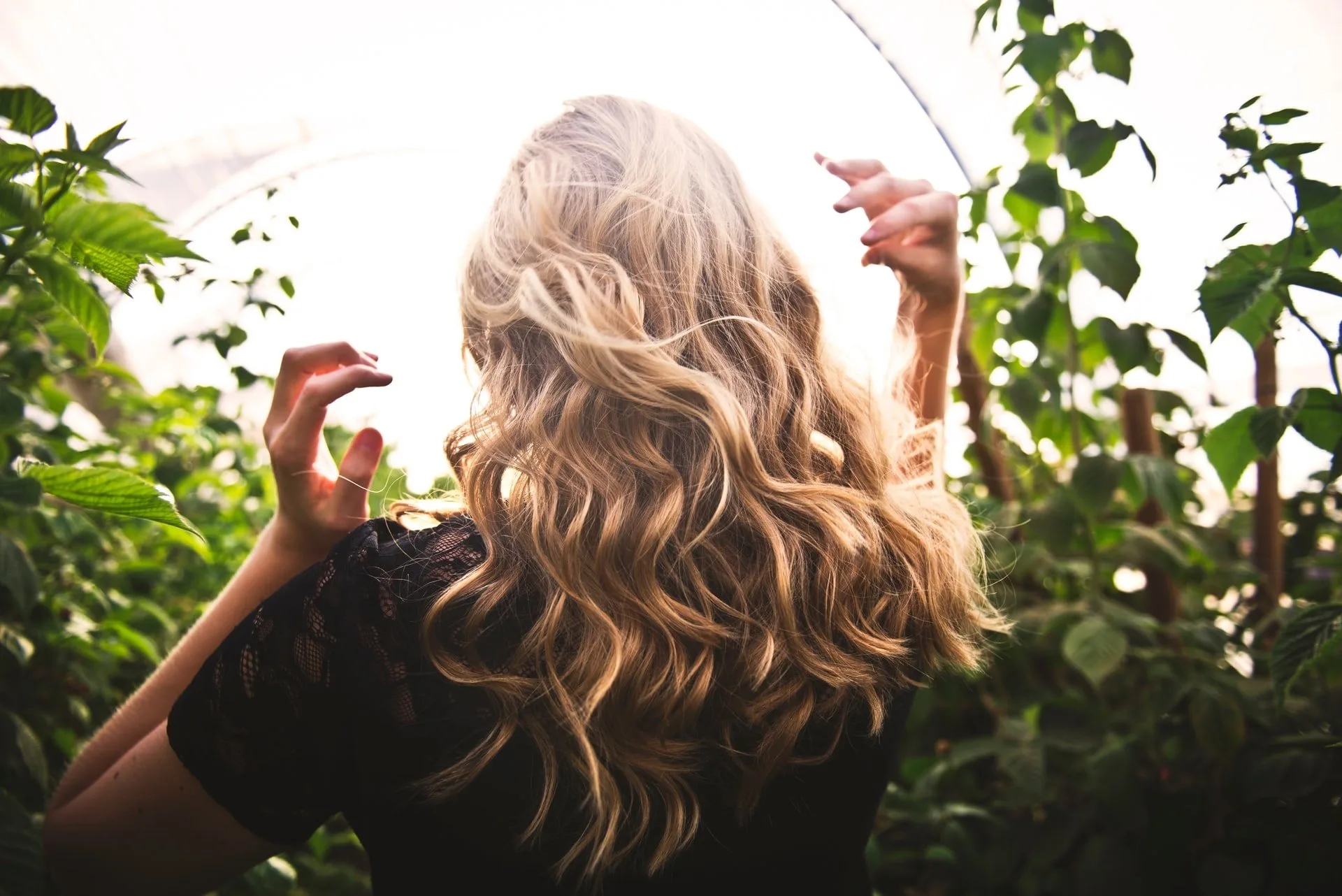

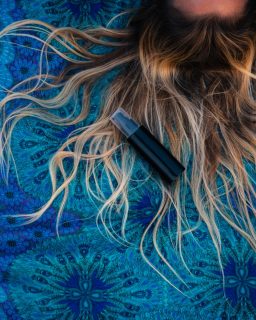
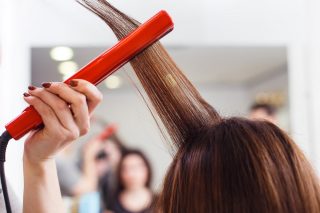

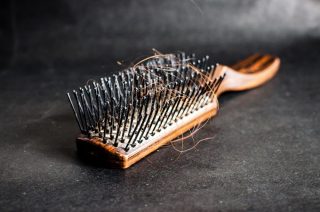

![women [longevity live]](https://longevitylive.com/wp-content/uploads/2020/01/photo-of-women-walking-down-the-street-1116984-100x100.jpg)










